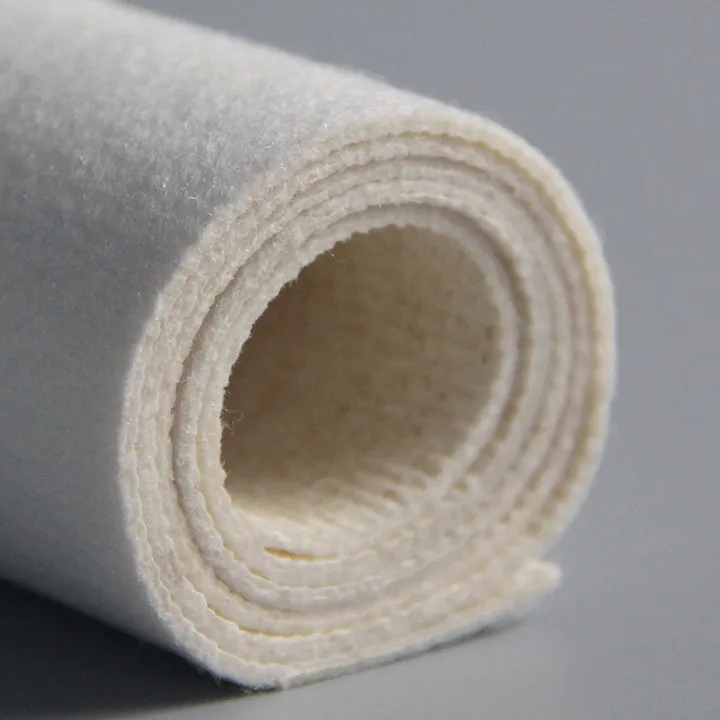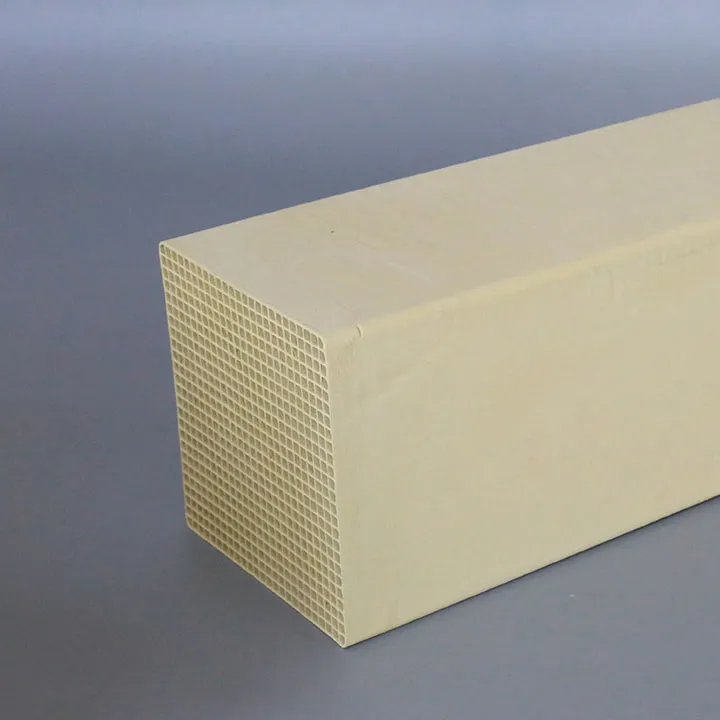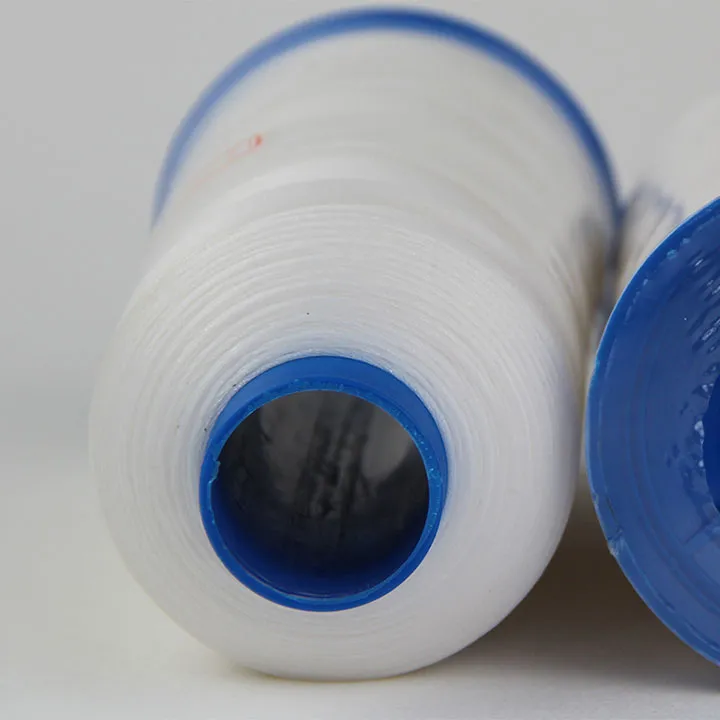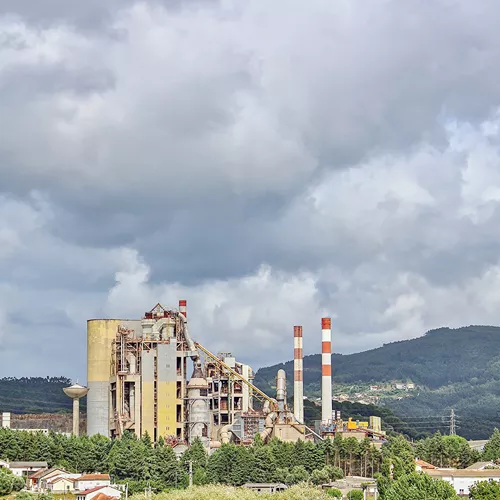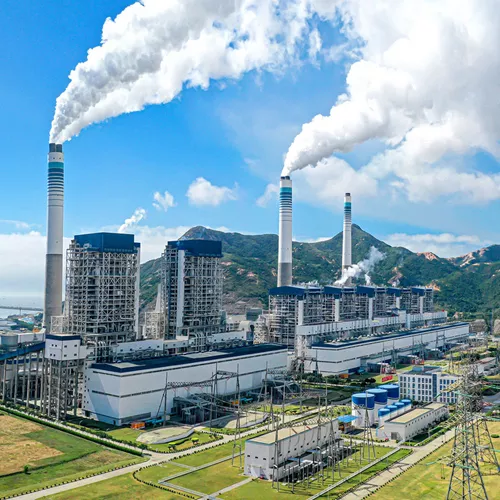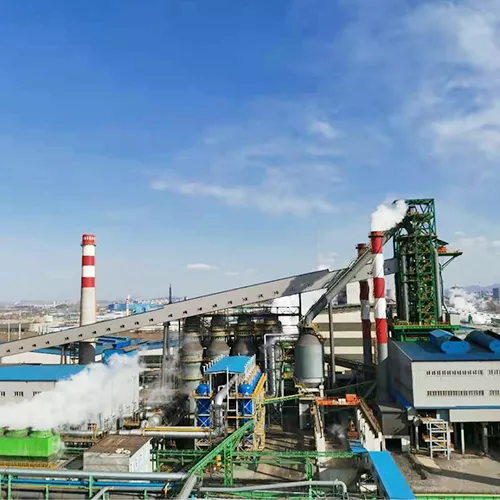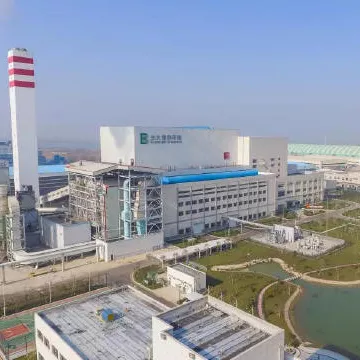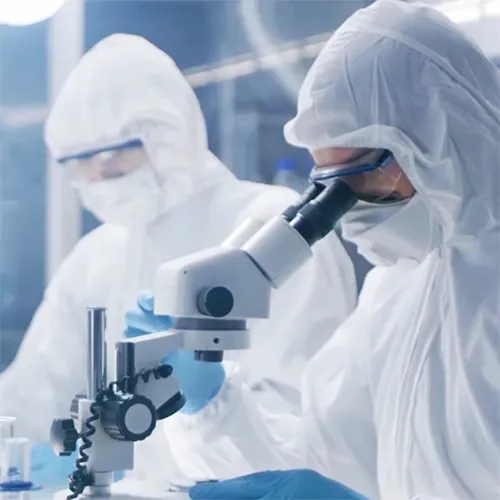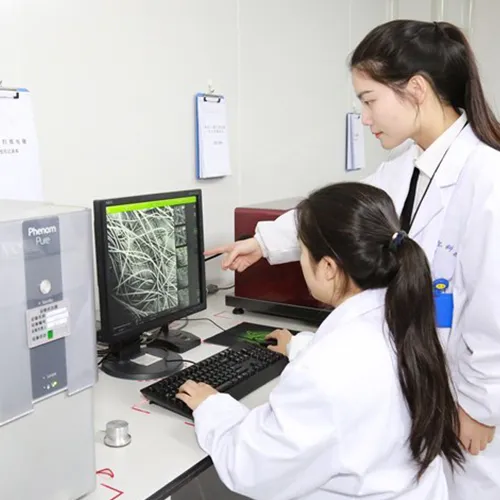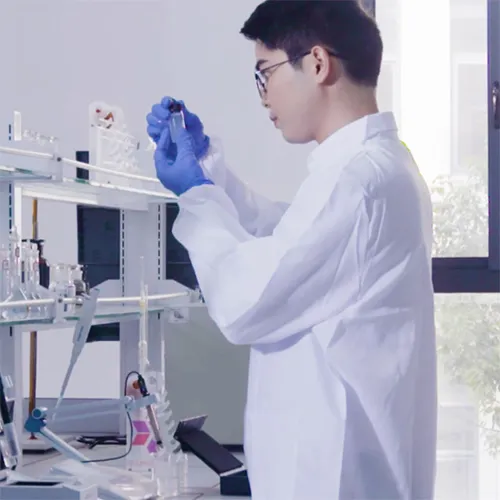¿Cómo prolongar la vida útil de los catalizadores de desnitrificación? Vale la pena probar estos consejos prácticos
En el contexto de unos requisitos de protección medioambiental cada vez más estrictos, los catalizadores de desnitrificación, como componentes clave de la tecnología SCR (reducción catalítica selectiva), son muy valorados por las empresas. Su vida útil no solo determina el coste operativo del equipo, sino que también está directamente relacionada con la estabilidad del sistema de desnitrificación y el cumplimiento de las normas de emisiones. Entonces, ¿qué consejos prácticos pueden prolongar eficazmente la vida útil de los catalizadores de desnitrificación y ahorrar costes de protección medioambiental a las empresas?
Elija el tipo adecuado de catalizador
Es fundamental comprender las condiciones de trabajo específicas de la empresa. Factores como la composición de los gases de combustión, la temperatura, la presión y la humedad afectarán directamente el rendimiento y la vida útil del catalizador.
Gases de combustión con alto contenido de azufre: es adecuado seleccionar catalizadores resistentes al azufre, que pueden evitar eficazmente el envenenamiento causado por sulfatos que generan sulfuro.
Condiciones de baja temperatura: El uso de catalizadores de baja temperatura puede mantener una alta eficiencia en el rango de 150 a 250 ℃, lo que es particularmente adecuado para hornos industriales o escenarios de emisión de gases de combustión a baja temperatura.
Entorno con mucho polvo: seleccione catalizadores resistentes al desgaste para reducir el desgaste mecánico de las partículas en los gases de combustión en la superficie del catalizador.
La selección razonable es el primer paso para extender la vida útil del catalizador y también puede evitar reemplazos frecuentes y pérdidas económicas causadas por desajustes de materiales.

Optimizar el tratamiento de los gases de combustión y reducir la carga sobre los catalizadores
La calidad de los gases de combustión afecta directamente el estado de funcionamiento del catalizador. Si se controla eficazmente la composición y los parámetros de los gases de combustión, se puede mejorar significativamente la eficiencia de uso del catalizador.
Reducir el contenido de polvo
La instalación de equipos de eliminación de polvo de alta eficiencia (como un colector de polvo de bolsas o un precipitador electrostático) antes del sistema de desnitrificación puede reducir el riesgo de que las partículas de polvo en los gases de combustión desgasten y obstruyan el catalizador.
Control de temperatura de los gases de combustión
Una temperatura demasiado alta provocará la sinterización de los componentes activos del catalizador, mientras que una temperatura demasiado baja puede provocar condensación en la superficie del catalizador y hacer que falle.
Ajuste con precisión la temperatura de los gases de combustión a través del dispositivo de control de temperatura de salida de la caldera para mantenerla en el rango de trabajo óptimo del catalizador (como 300-400 ℃).
Reducir el impacto de los gases corrosivos
El arsénico, el calcio y otros componentes de metales pesados presentes en los gases de combustión cubren los sitios activos del catalizador y afectan su capacidad de reducción. Los dispositivos de adsorción o la optimización del proceso pueden eliminar eficazmente estos componentes nocivos.
Mantenimiento y limpieza regulares: mantener la actividad del catalizador
Limpieza de cenizas en línea
Utilice periódicamente aire o vapor para limpiar la superficie del catalizador para evitar la acumulación de cenizas y la obstrucción de los poros.
La presión de limpieza de cenizas debe ser adecuada para evitar dañar la superficie del catalizador debido a una presión excesiva.
Limpieza sin conexión
Después de un funcionamiento prolongado, pueden aparecer depósitos de sal o aceite en la superficie del catalizador. Los métodos de limpieza química pueden eliminar los contaminantes y restablecer cierta actividad.
Inspección y mantenimiento regulares
Las empresas deben establecer un sistema de inspección del catalizador, verificar periódicamente el estado físico del catalizador (como deformación, daños en la superficie, etc.) y reemplazar las piezas defectuosas a tiempo para evitar afectar la eficiencia general.
Utilice tecnología de regeneración del catalizador
En el caso de los catalizadores cuya vida útil está a punto de expirar, el coste de su sustitución completa es elevado. Sin embargo, mediante una tecnología de tratamiento de regeneración profesional, el catalizador puede “rejuvenecerse”:
Limpieza física: limpieza ultrasónica o con agua a alta presión del polvo superficial.
Activación química: utilizar soluciones especiales para eliminar sustancias venenosas y restaurar los componentes activos.
Regeneración térmica: restaurar la estructura y el rendimiento del catalizador mediante un tratamiento de alta temperatura.
El catalizador regenerado tiene un rendimiento cercano al del nuevo catalizador, lo que permite reducir el coste entre 50% y 70%. Es una solución que tiene en cuenta tanto la protección del medio ambiente como los beneficios económicos.
Aplicación del sistema de monitoreo inteligente
Con la ayuda de la tecnología de monitoreo moderna, las empresas pueden comprender el estado operativo del sistema de desnitrificación en tiempo real, detectar anomalías a tiempo y tomar medidas.
Monitoreo de presión diferencial: monitoreo en tiempo real de los cambios de resistencia de los gases de combustión para determinar si el catalizador está bloqueado o desgastado.
Alarma de temperatura: controla con precisión la temperatura de los gases de combustión para evitar daños al catalizador causados por un funcionamiento a baja temperatura o por exceso de temperatura.
A través de medios inteligentes, las empresas pueden extender eficazmente la vida útil de los catalizadores y reducir los riesgos operativos.
Conclusión:
La gestión científica favorece el funcionamiento a largo plazo
No es difícil aumentar la vida útil de los catalizadores de desnitrificación. Siempre que se logre una gestión científica en la selección de materiales, la operación, el mantenimiento y la aplicación técnica, se pueden reducir en gran medida la frecuencia de reemplazo y los costos de protección ambiental. Esto no solo es una garantía de los beneficios económicos de la empresa, sino también una práctica activa de la responsabilidad de protección ambiental.



